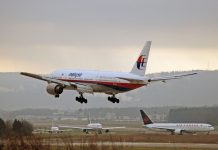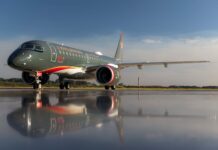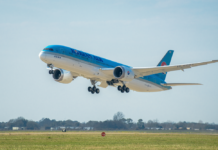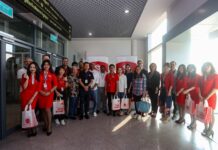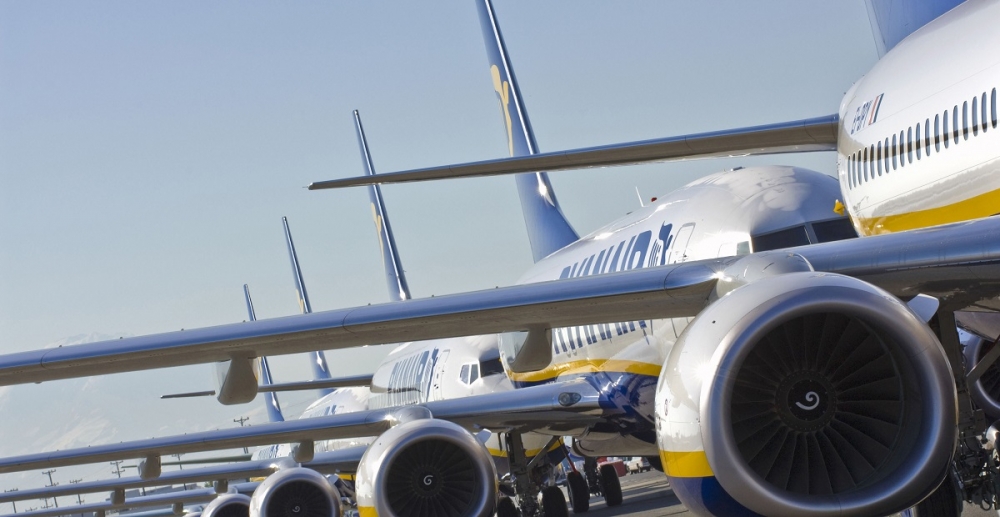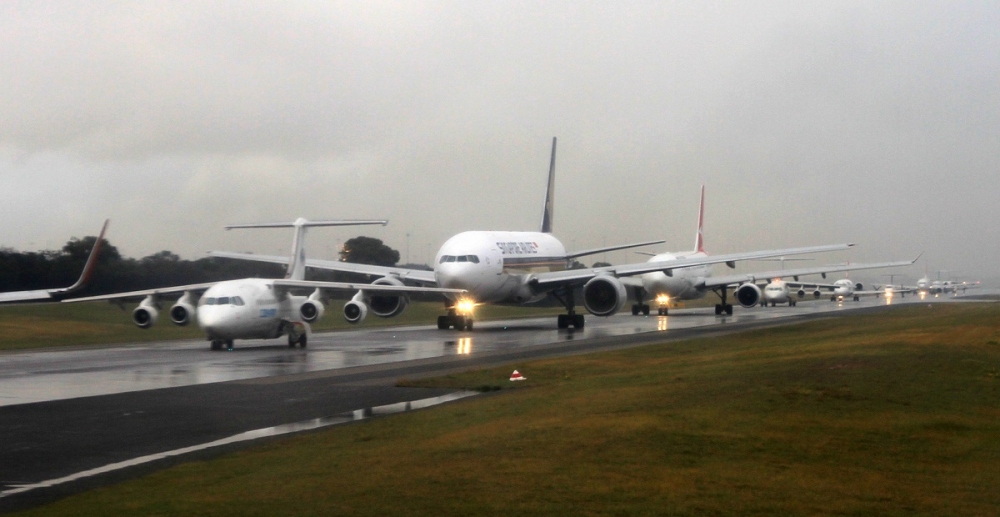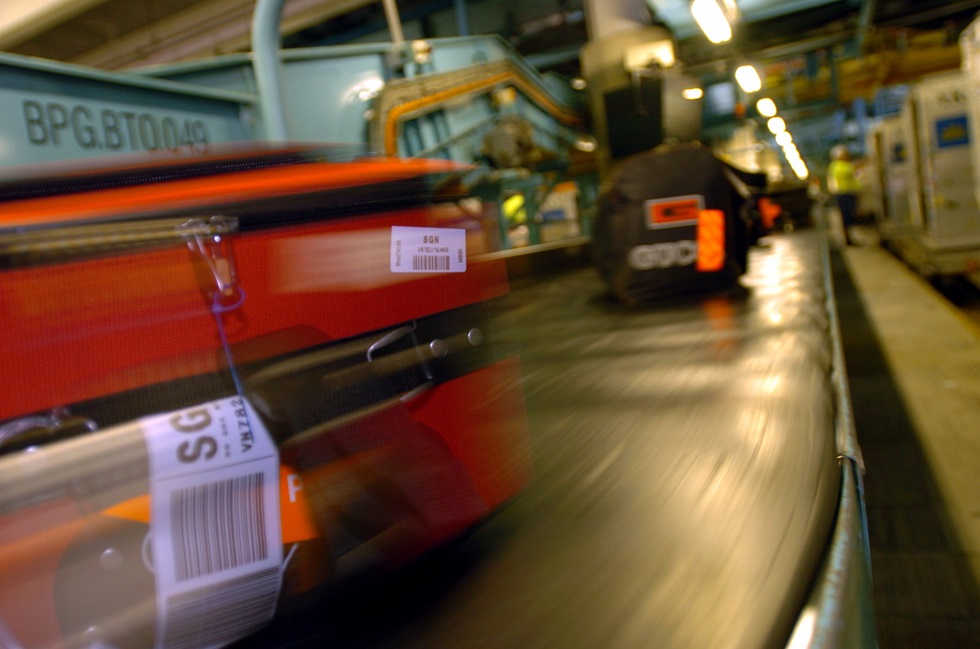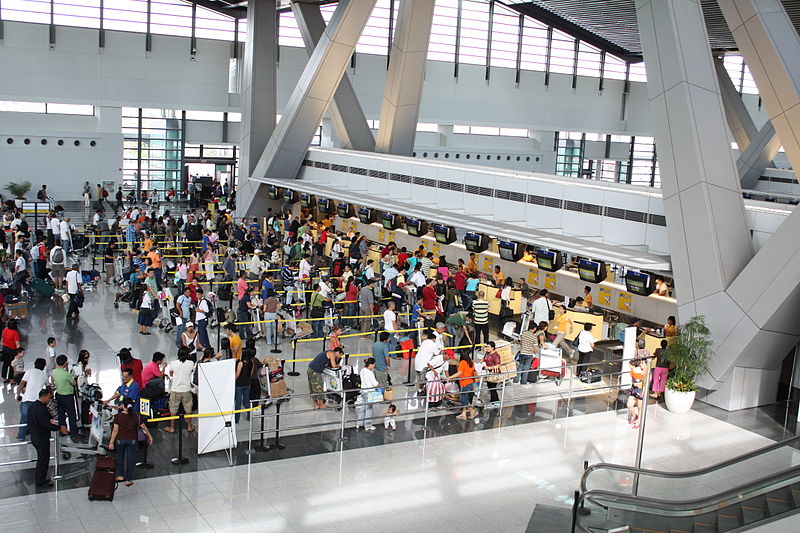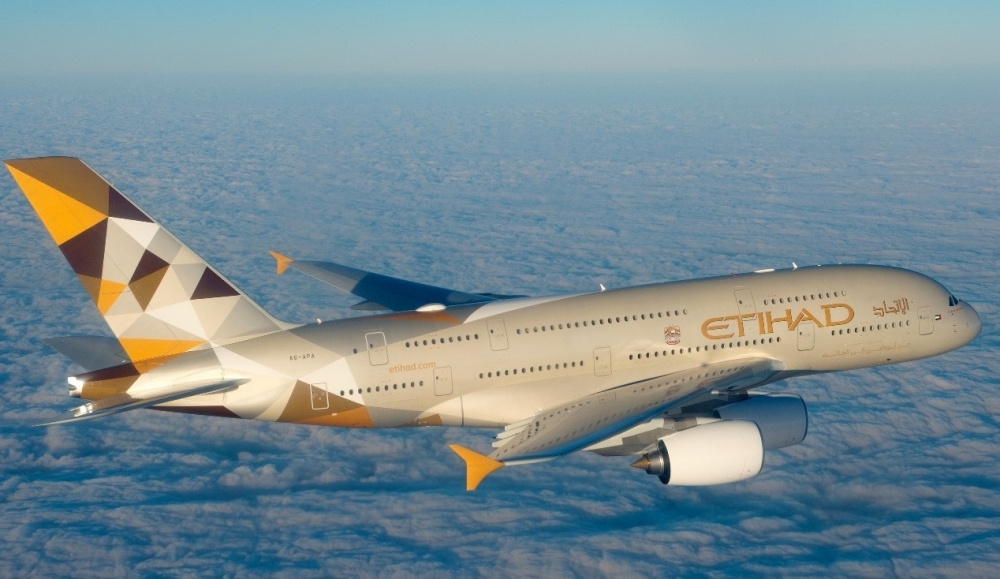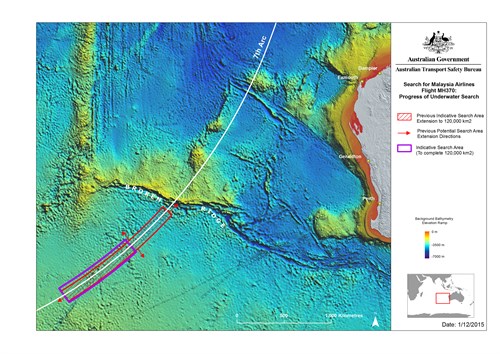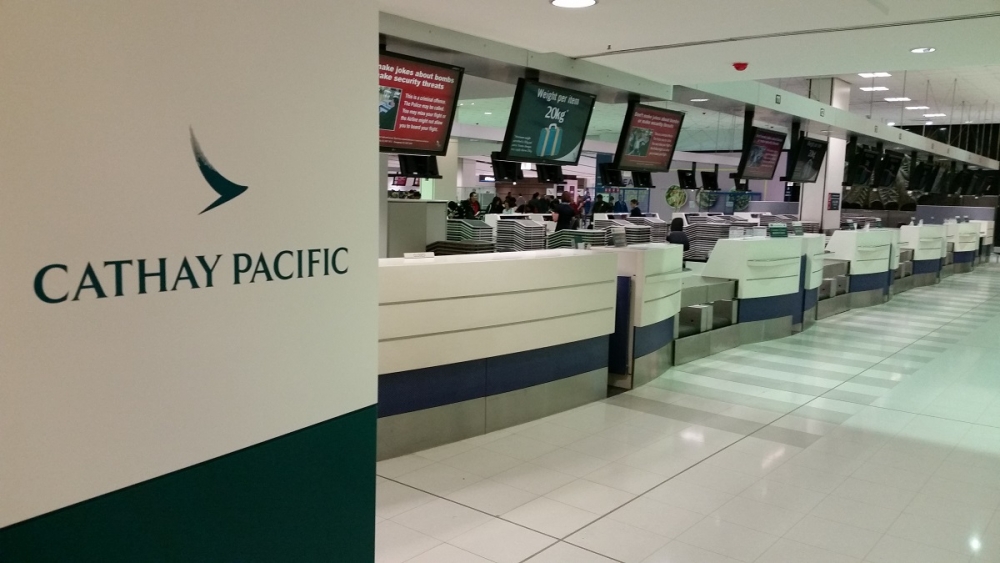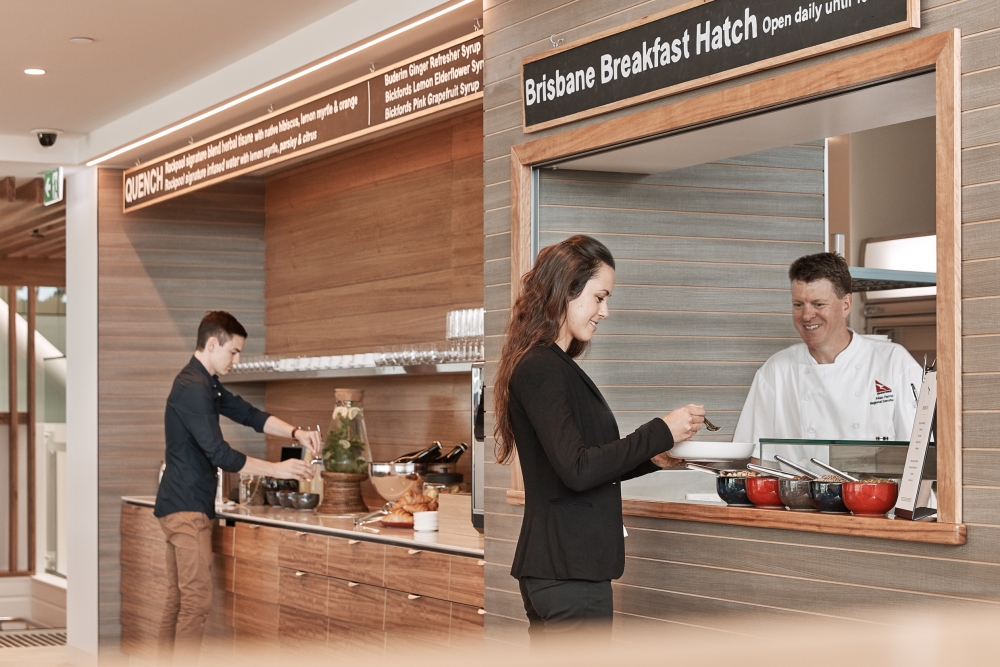Ryanair, Europe’s largest low-cost carrier, which has been operating to Germany for several years has earmarked the country as one of its focus growth markets. The expansion comes as the Irish airline is embarking on a major recruitment to support its ambitious fleet growth plans.
Ryanair will take delivery of 50 new Boeing 737-800s in the next 12 months and increase its fleet from 355 Boeing single-aisle aircraft to over 500 in the next 5 years.
The LCC’s orderbook includes 100 Boeing 737 MAX 200 aircraft, a variant based on the 737 MAX 8 that can accommodate up to 200 seats. Ryanair is launch customer of the type, and it has options to purchase another 100 737 MAX 200s in addition to the firm order for 100.
Ryanair’s Chief People Officer Eddie Wilson says “2017 is set to be our busiest recruitment year to date, and we are continuing to invest heavily in talent for the future. Ryanair is now considered to be the ‘go-to’ airline for both cadet and direct entry hires, with our industry leading 5/4 roster for pilots. Both pilots and cabin crew have the opportunity to work on the youngest fleet in Europe as we take delivery of our new Boeing aircraft.
Ryanair will be hiring 2,000 new cabin crew, 1,000 pilots and 250 aircraft engineers, as well as promoting over 300 first 0fficers on its command upgrade program across its 84-base European network.
A range of new positions will also be created in IT, sales & marketing, digital experience, finance and commercial at Ryanair’s Dublin office, and also at its Travel Labs Poland subsidiary in Wroclaw.
The Irish LCC is expecting to increase passenger numbers in Germany to 16 million in the current fiscal year ending March 2017, up from 10 million in the prior fiscal year. It is forecasting further growth of 16.7 million in the FY year through March 2018, but this could be a low estimate because several airports in the country are actively courting Ryanair to base aircraft at their infrastructure and open new routes, according to Chief Commercial Officer David O’Brien.
Germany is the European Union’s second largest air transport market, with some 194 million passengers travelling to/ from and within the country last year, recently released Eurostat data show. Germany is Europe’s second largest air travel market, after the UK.
As part of its growth strategy for Germany, Ryanair is opening new bases in Hamburg and Nuremberg Nov. 2, expanding its route network at Cologne-Bonn airport and almost doubling the size of its base at Berlin Schönefeld airport.
The LCC has added four new Boeing 737-800s to its Berlin base in September –nearly two months earlier than initially planned—elevating its based fleet to nine aircraft.
It first began serving Berlin in May 2003, but only opened a base at Schönefeld in October 2015, with five aircraft operating 22 routes. With nine 737-800s based there and 45 routes offered this winter, the airport is Ryanair’s largest German base. It will expand its summer 2017 schedule there by 40% year-over-year to 300 weekly flights and 46 destinations.
The Irish LCC said it will offer 19 new summer destinations from Schönefeld in 2017: Belfast; Budapest, Bucharest and Timisoara in Romania; Catania, Italy; Fuerteventura, Gran Canaria, Lanzarote, Santander and Seville in Spain; Lisbon; Manchester, England; Nis, Serbia; Podgorica and Rzeszow, Poland; Sofia, Bulgaria; Thessaloniki, Greece; Toulouse; and Vilnius, Lithuania. Most of these services will be continued from its winter schedule, which includes 16 new routes. Additionally, the airline will scale up some of its existing connections.
Ryanair is targeting to increase its traffic through Schönefeld by 15% to 5.4 million passengers in 2017, by when it hopes to overtake EasyJet as the largest carrier at the airport.
The Hamburg and Nuremberg bases will open in a couple of weeks, on November 2. Hamburg will launch with two based 189-seat Boeing 737-800s and Nuremburg with one based aircraft but this will double in summer 2017 season.
Next summer, Ryanair will add four new year-round routes to to Bari, Madrid, Palermo and Porto from Nuremberg as well as 5 new seasonal services to Budapest, Malta, Manchester, Milan and Rome, plus increased frequencies to London Stansted to a twice daily service. It will operate 12 routes in total from this German airport and 56 weekly flights.
In Hamburg, the LCC will grow its operations by 180% next summer compared with the summer scheduled 2016. It will launch 2 new routes to Faro and Thessaloniki, 7 new summer services to Brussels, Dublin, Gran Canaria, London, Manchester, Milan and Sofia and extra flights to Palma. Ryanair will operate 95 weekly flights on 16 routes in total from Hamburg which it says will deliver 1.7 million customers per year.
“There’s never been a better time to book a low fare flight on Ryanair,” Ryanair’s Chief Marketing Officer, Kenny Jacobs said. “As our recent guidance confirmed, Ryanair expects average fares to fall by between 10% to 12% in the 6 months to March 2017.”


